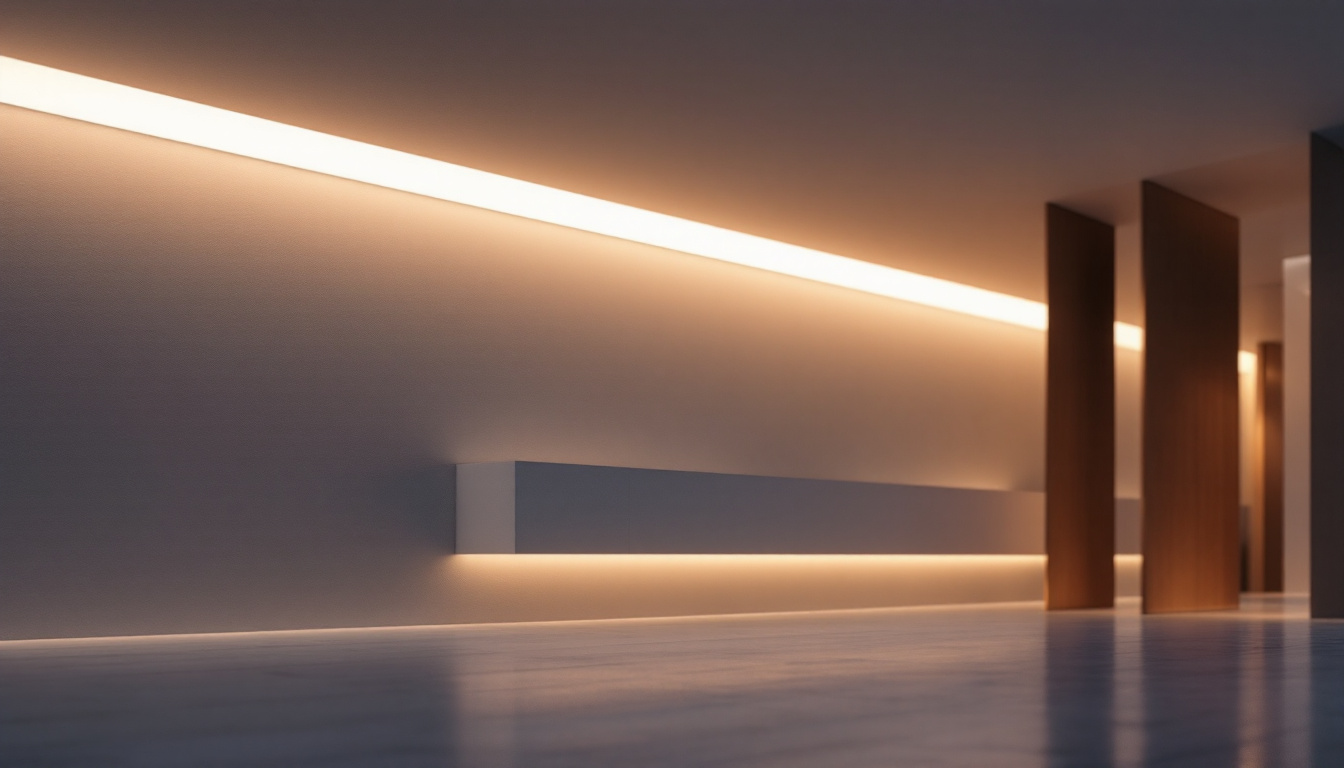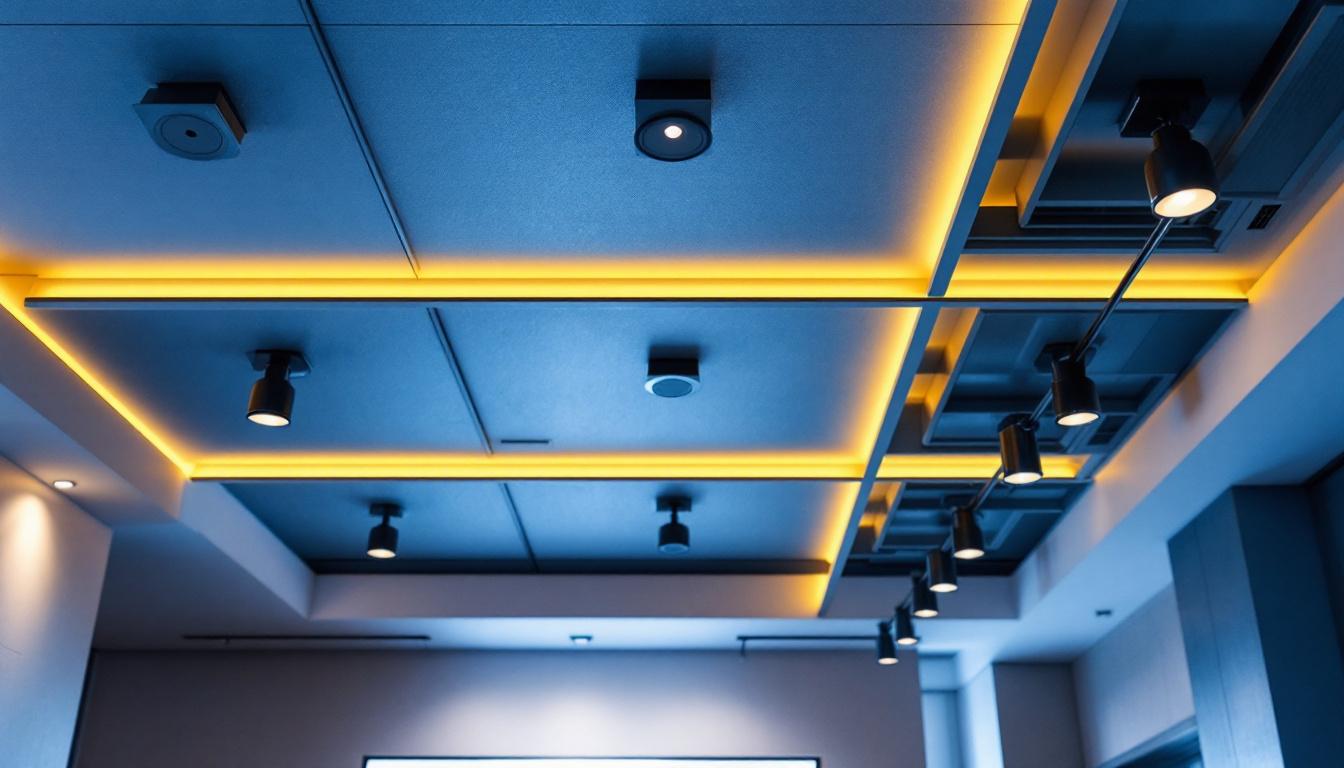
As the demand for sustainable energy solutions continues to rise, solar-powered LED lights have emerged as a popular choice for both residential and commercial applications. For lighting contractors, understanding the nuances of these systems, particularly those offering 1000 lumens, is crucial for successful project execution. This article provides valuable insights and advice tailored specifically for lighting contractors navigating the world of solar-powered LED lighting.
Solar-powered LED lights harness energy from the sun, converting it into electricity to power LED bulbs. This technology offers a sustainable and cost-effective solution for outdoor lighting needs. The integration of solar panels, batteries, and LED fixtures creates a self-sufficient lighting system that can operate without reliance on the grid. As the world increasingly shifts towards renewable energy sources, solar-powered LED technology stands out as a beacon of innovation, combining efficiency with ecological responsibility.
To effectively design and install solar-powered LED lights, it is essential to understand their key components. These typically include:
Each component plays a vital role in ensuring the efficiency and effectiveness of the lighting system. Understanding how these components interact can help contractors make informed decisions during installation and maintenance. For instance, the choice of solar panel size and type can significantly influence the amount of energy harvested, while the battery capacity determines how long the lights can operate during periods of low sunlight. Additionally, advancements in LED technology have led to the development of fixtures that can adjust brightness based on ambient light, further enhancing energy conservation.
There are numerous advantages to using solar-powered LED lights, making them an attractive option for contractors:
These benefits not only appeal to environmentally conscious clients but also contribute to long-term savings and reduced operational costs. Furthermore, solar-powered LED lights can be installed in remote areas where traditional electrical infrastructure is unavailable or prohibitively expensive. This versatility opens up new possibilities for lighting in parks, pathways, and rural communities, enhancing safety and accessibility. Additionally, as technology continues to advance, features such as motion sensors and smart connectivity are being integrated into solar-powered systems, allowing for greater control and efficiency in managing outdoor lighting.
When selecting solar-powered LED lights, especially those rated at 1000 lumens, several factors should be considered to ensure optimal performance and satisfaction for clients.
Understanding lumens is critical for contractors. A light output of 1000 lumens is typically sufficient for illuminating pathways, gardens, and outdoor spaces. However, the specific application will dictate the required brightness. For instance, areas requiring heightened security might benefit from brighter options, while decorative lighting may necessitate softer illumination. Additionally, it’s important to consider the color temperature of the light, which can range from warm white (around 2700K) to cool white (up to 6500K). Warmer tones create a cozy atmosphere, ideal for residential settings, while cooler tones can enhance visibility in commercial or security-focused applications.
The battery capacity is another essential factor. A larger capacity will allow the lights to operate longer during the night and provide backup power during cloudy days. Contractors should assess the expected usage patterns and local weather conditions to select the appropriate battery size. Furthermore, the type of battery used can also influence performance; lithium-ion batteries, for example, tend to have a longer lifespan and better efficiency compared to traditional lead-acid batteries. This can lead to reduced maintenance costs and a more reliable lighting solution over time.
Solar panel efficiency directly impacts the performance of the lighting system. Higher efficiency panels convert more sunlight into electricity, leading to better performance. When selecting solar-powered LED lights, contractors should prioritize products with high-efficiency solar panels to ensure reliable operation, particularly in regions with less sunlight. It’s also beneficial to consider the angle and placement of the solar panels, as optimal positioning can significantly enhance energy absorption. For instance, panels that can be adjusted to face the sun throughout the day will yield better results than fixed panels, especially in areas with varying sun exposure throughout the seasons.
Proper installation is key to maximizing the benefits of solar-powered LED lights. Following best practices can enhance performance and longevity.
To maximize solar energy absorption, it is crucial to place solar panels in locations with direct sunlight for most of the day. Avoiding shaded areas, such as those under trees or buildings, will ensure the system operates efficiently. Additionally, consider the angle of the solar panels to optimize sunlight exposure throughout the year.
Ensuring that solar panels and LED fixtures are securely mounted is vital for durability. Wind, rain, and other environmental factors can damage improperly secured installations. Using appropriate mounting hardware and techniques will enhance stability and prolong the lifespan of the system.
Proper wiring and connections are essential for the functionality of solar-powered LED lights. Contractors should ensure that all connections are secure and weatherproof to prevent short circuits and other electrical issues. Using high-quality connectors and cables can enhance reliability and reduce maintenance needs.
While solar-powered LED lights require minimal maintenance, contractors should be aware of specific tasks that can prolong the system’s life and efficiency.
Dust, dirt, and debris can accumulate on solar panels, reducing their efficiency. Regular cleaning, especially in areas with high dust or pollen levels, will ensure optimal performance. Contractors should recommend a cleaning schedule to clients, emphasizing the importance of keeping panels clear of obstructions.
Periodic checks of the battery system are essential to ensure it is functioning correctly. Signs of wear or reduced performance may indicate the need for replacement. Educating clients on recognizing these signs can help maintain system efficiency and prevent unexpected failures.
In regions with seasonal variations, contractors should advise clients on adjusting the angle of solar panels to maximize sunlight exposure during different times of the year. This adjustment can significantly enhance energy absorption and overall performance.
Lighting contractors may encounter various challenges when working with solar-powered LED lights. Understanding these issues and their solutions can facilitate smoother project execution.
Weather conditions can significantly impact the performance of solar-powered systems. In regions with frequent cloudy days or heavy rainfall, contractors should consider recommending systems with larger battery capacities to ensure consistent performance. Additionally, educating clients about potential limitations during adverse weather conditions can manage expectations.
Many clients may be unfamiliar with solar technology and its benefits. Providing education on how solar-powered LED lights work, their advantages, and maintenance requirements can enhance client satisfaction and trust. Offering informational materials or conducting brief training sessions can empower clients to make informed decisions.
While solar-powered LED lights can have higher upfront costs compared to traditional lighting options, the long-term savings and environmental benefits often outweigh these initial expenses. Contractors should be prepared to discuss financing options, potential rebates, and the overall return on investment to help clients understand the value of their investment.
The solar-powered lighting industry is continually evolving, with new technologies and trends emerging. Staying informed about these developments can provide contractors with a competitive edge.
Integrating smart technology into solar-powered lighting systems is becoming increasingly popular. Features such as motion sensors, remote control, and smart scheduling can enhance usability and efficiency. Contractors should explore options for smart solar lights that align with client needs and preferences.
Advancements in battery technology are leading to more efficient and longer-lasting energy storage solutions. Lithium-ion batteries, for instance, offer higher energy density and longer lifespans compared to traditional lead-acid batteries. Contractors should keep an eye on emerging battery technologies to recommend the best options for their clients.
As the demand for solar-powered lighting grows, manufacturers are focusing on aesthetics to appeal to a broader audience. Sleek designs and customizable options allow contractors to offer clients lighting solutions that not only perform well but also complement their outdoor spaces.
Solar-powered LED lights with 1000 lumens present a viable and sustainable lighting solution for various applications. By understanding the technology, selecting the right components, adhering to best installation practices, and addressing common challenges, lighting contractors can successfully implement these systems. Staying informed about industry trends and advancements will further enhance their expertise and ability to meet client needs.
As the industry evolves, embracing solar-powered solutions not only contributes to environmental sustainability but also positions lighting contractors as leaders in innovative lighting solutions. By providing quality service and educating clients, contractors can foster long-lasting relationships and drive the adoption of solar-powered LED lighting in their communities.
Ready to elevate your lighting solutions with the efficiency and sustainability of solar-powered LED lights? LumenWholesale is here to support your endeavors with a wide range of top-quality, spec-grade lighting products at unbeatable wholesale prices. Say goodbye to local distributors’ inflated markups and hello to superior lighting products that meet the highest industry standards. With free shipping on bulk orders, you can trust that you’re getting premium lighting at the best value — without any hidden fees. Make the smart choice for your lighting projects and experience the best in wholesale lighting at LumenWholesale.

Discover how solar palm tree lights can revolutionize your lighting projects.

Explore the rising significance of LED linear lighting in the industry, highlighting its energy efficiency, versatility, and design flexibility that are transforming modern spaces.

Explore the transformation of dropped ceiling lights in the lighting industry, highlighting innovative designs, energy efficiency, and their impact on modern interiors.

Discover essential insights for lighting contractors on hospital bed lights, including design considerations, regulatory standards, and the latest innovations to enhance patient care and safety..